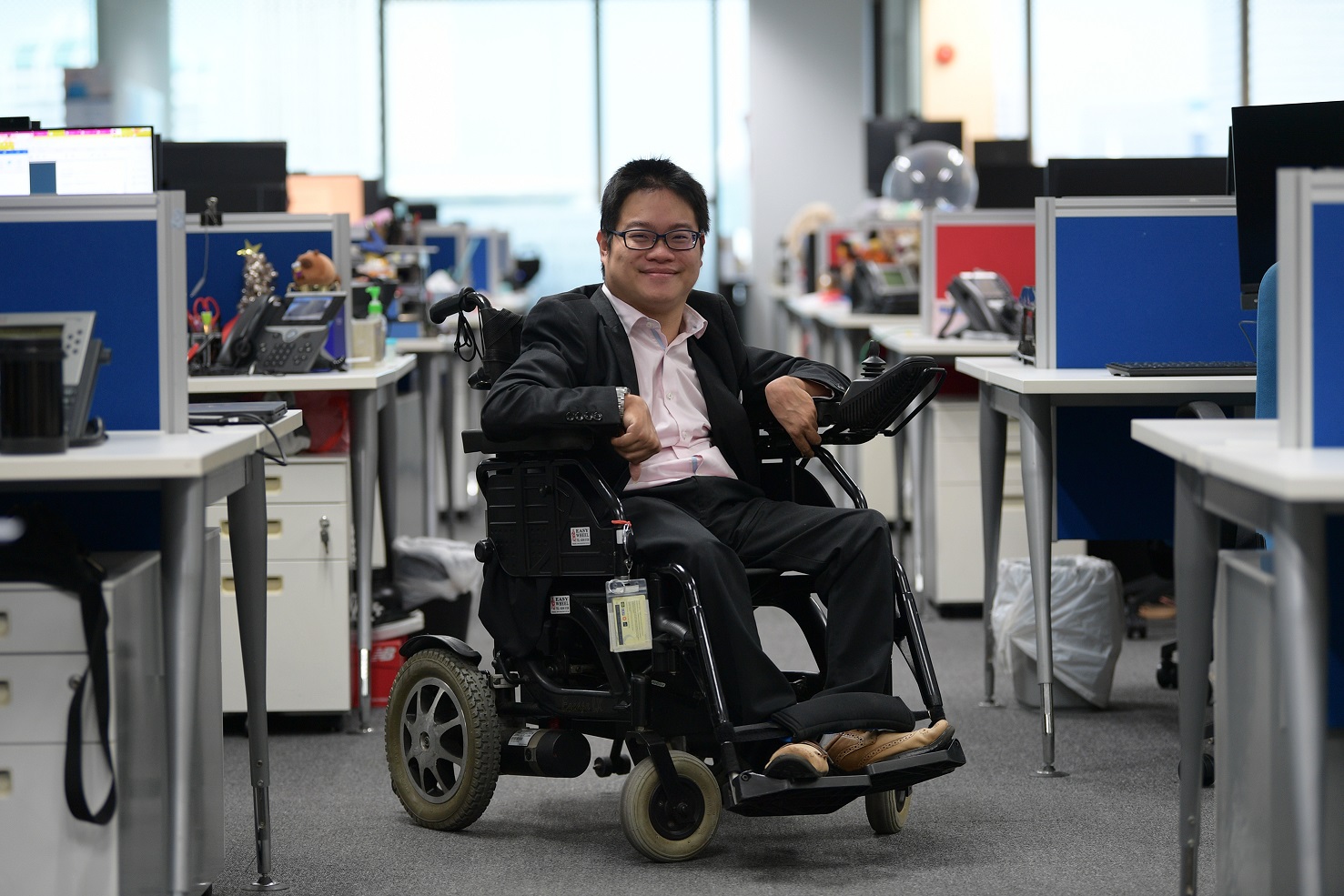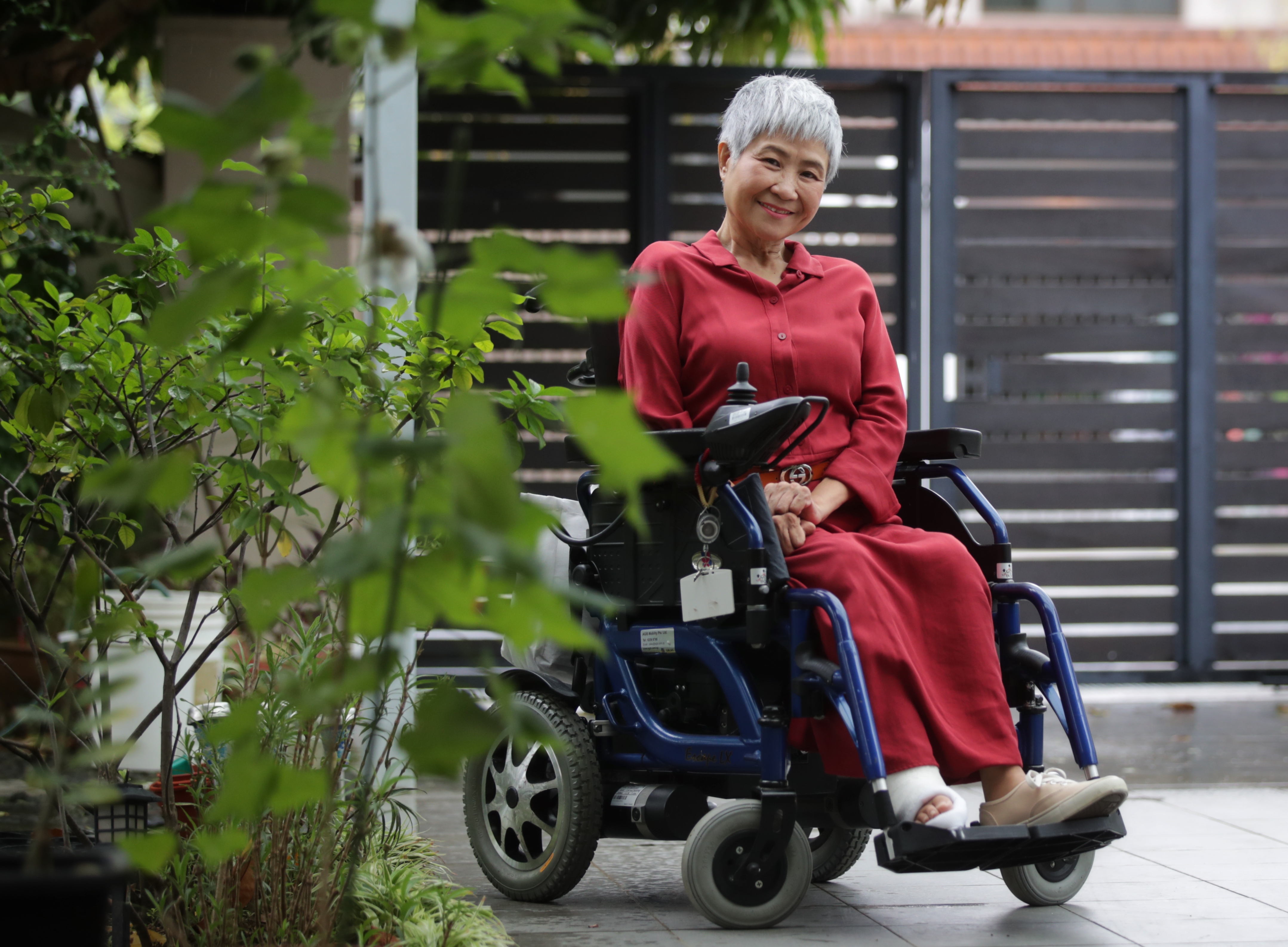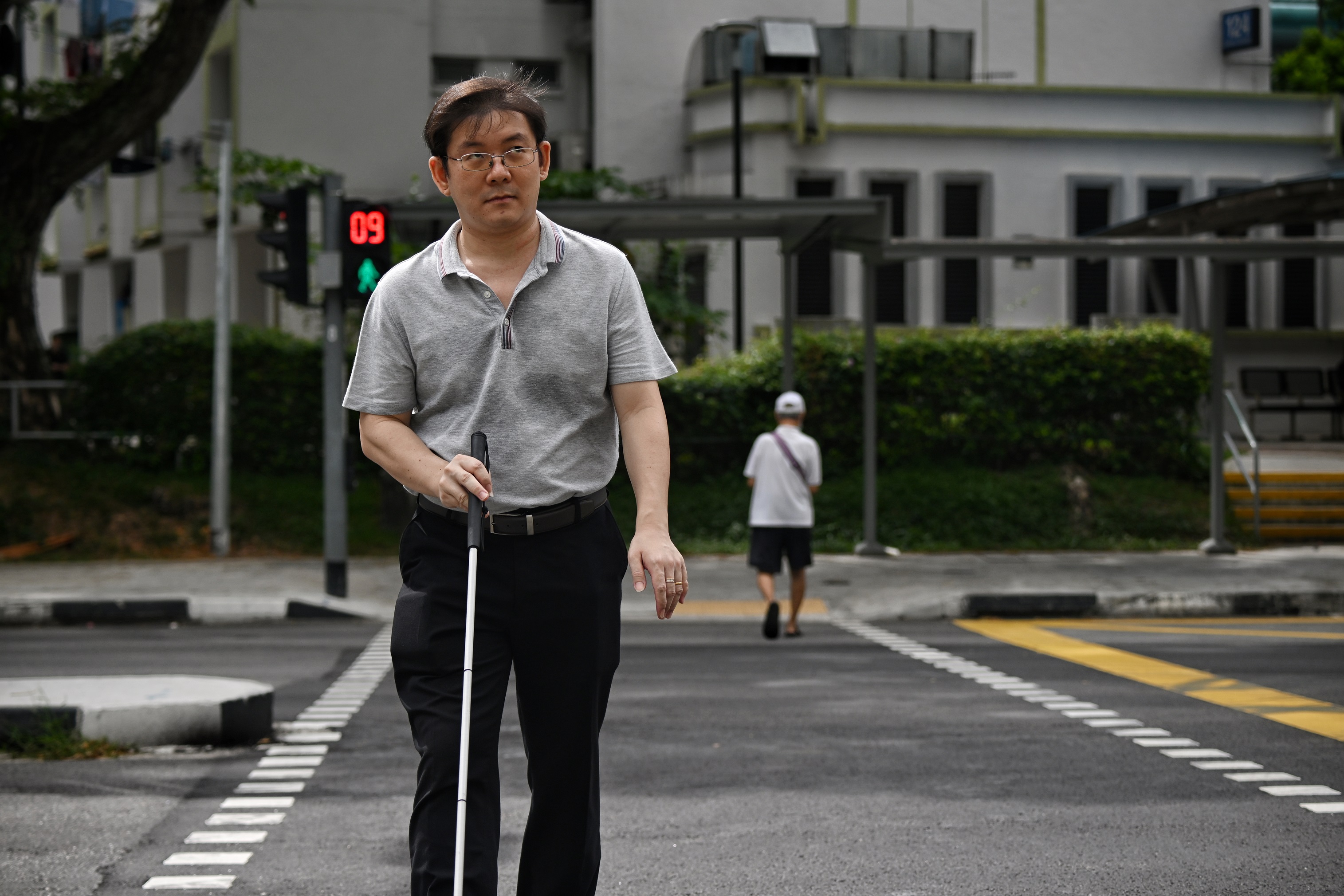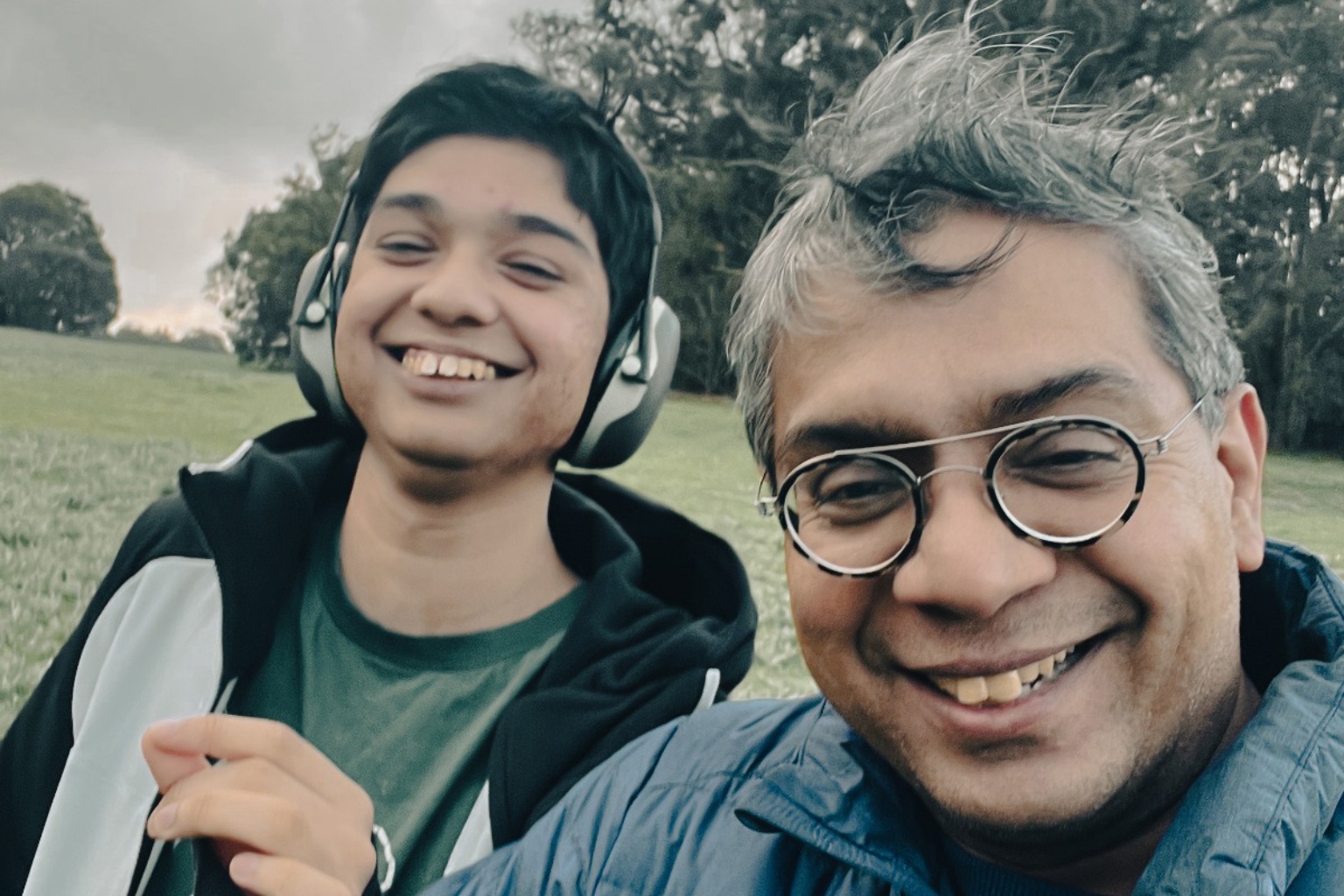S'poreans' hopes for a more welcoming society for persons with disabilities
The latest roadmap for disability inclusion here was released in August, with a slew of recommendations ranging from employment and education to caregiver support and inclusion in public spaces. The Sunday Times invited four people to share their thoughts on Singapore's plans to be a more welcoming place for people with disabilities by 2030.
Sign up now: Get ST's newsletters delivered to your inbox
'Looking forward to even more inclusive public spaces'
- Mr Alister Ong, 29. Manager, diversity, equity and inclusion client solutions, at Michael Page Singapore. He has cerebral palsy.

Mr Alister Ong says that when office spaces are made friendly for persons with disabilities, they can participate in workplace activities and better interact with their colleagues.
ST PHOTO: NG SOR LUAN
'Employment is not just about numbers, but dignity'
- Ms Chia Yong Yong, 59. Consultant, Foo Kwok LLC. Enabling Masterplan 2030 steering committee member. She has peroneal muscular atrophy.

Ms Chia Yong Yong says the employment landscape has changed drastically from the time when inaccessible infrastructure made it difficult for people with disabilities to have a career.
ST PHOTO: GIN TAY
'All-day audible traffic signals for visually impaired'
- Mr Chong Kwek Bin, 41. Former head of advocacy at the Singapore Association of the Visually Handicapped. Enabling Masterplan 2030 steering committee member. He has visual impairment.

Mr Chong Kwek Bin, who is visually impaired, relies on the audible traffic signal to cross the road safely.
ST PHOTO: KUA CHEE SIONG
'More support needed for families and caregivers'
- Mr Majeed Khader. Parent and caregiver to a 19-year-old boy with autism

Mr Majeed Khader with his son Raouf, who is autistic. He suggests creating activities to engage each person who is unable to work, while addressing employment-related issues for those who are able to work.
PHOTO: COURTESY OF MAJEED KHADER

